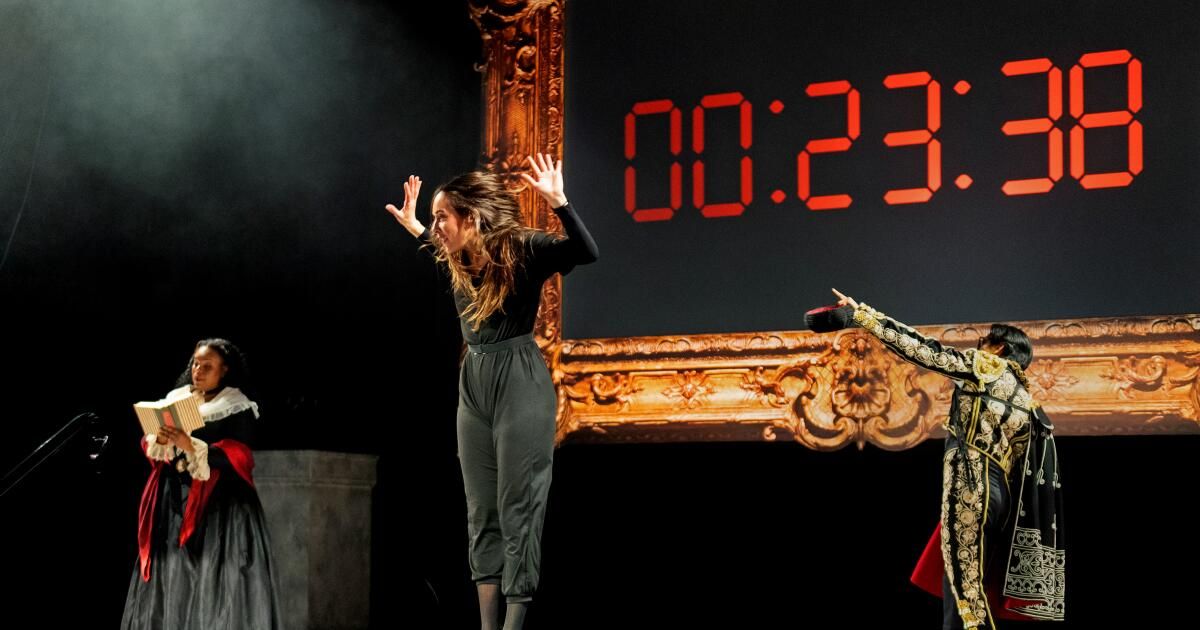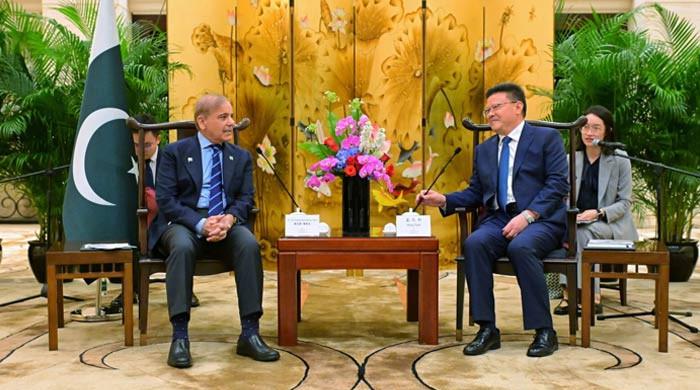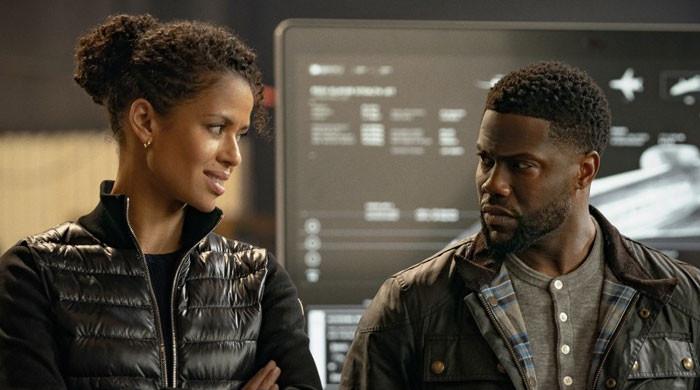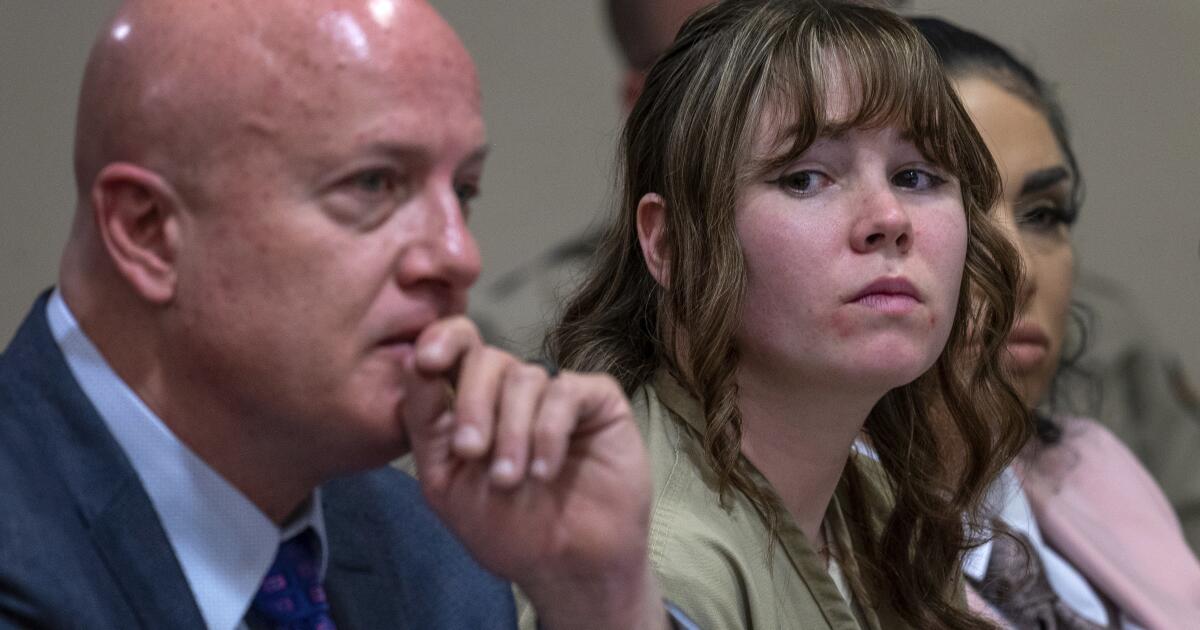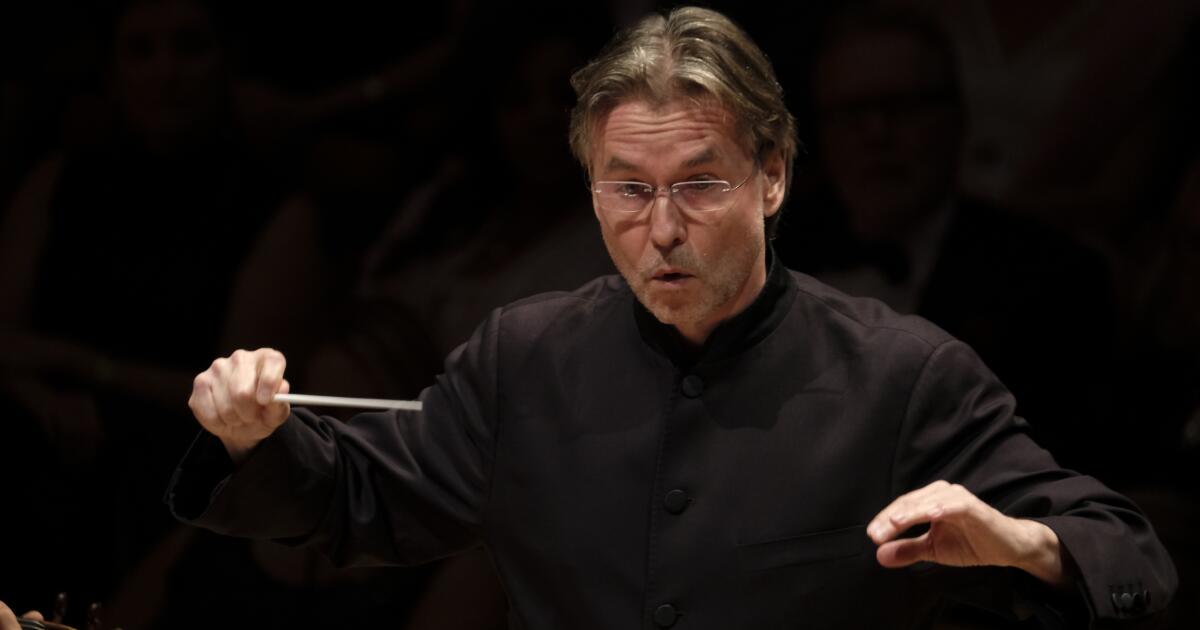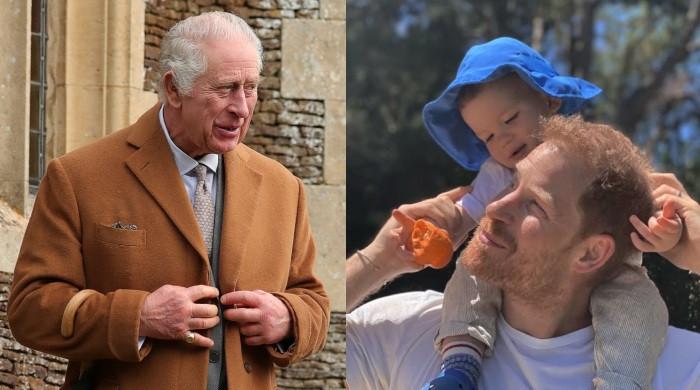Ten years after founding Industry, America's most innovative opera company, Yuval Sharon improbably accepted the position of artistic director of the Michigan Opera Theater in 2020. He now divides his time between sustaining the industry in Los Angeles and revolutionizing opera in Detroit, where he changed the name of the formerly mainstream company to Detroit Opera. But that's not all he divides.
Detroit still hosts traditional opera in its traditional opera house, albeit imaginatively arranged, as when Sharon performed Puccini's “La Bohème” backwards (Acts 4, 3, 2 and 1 in that order). But it also takes the opera completely out of its comfort zone. This month, Sharon chose the charming but underused 400-seat Gem Theatre, around the corner from Detroit's grandest Opera House, for a sensational new production of John Cage's “Europeras 3 & 4,” a unpredictable cornucopia of everyday music. opera transformed through fortuitous operations into an authentic operatic circus.
A few days later, Sharon announced her next industrial innovation, “The Comet/Poppea,” scheduled for June at the Geffen Contemporary at the Museum of Contemporary Art, Los Angeles. Here Sharon will adapt Cage's “Europera” principle: allowing all aspects of the opera to collide unpredictably, with a period mix that juxtaposes scenes from Monteverdi's 1643 “The Coronation of Poppea” with those of an experimental opera newly commissioned by George Lewis based on a 1920 science fiction short story by WEB Du Bois.
In fact, Sharon has been slowly accepting an operatic challenge from Cage. A dozen years ago, he surprisingly staged a quasi-operatic performance of Cage's 1970 “Song Books,” an almost-anything-goes theatrical endorsement of Thoreau's call for anarchy that included the great opera star Jessye Norman. She was part of a San Francisco Symphony concert in which conductor Michael Tilson Thomas' job was to make a milkshake.
In 2018, during Sharon's three-year stint as an artist-collaborator with the Los Angeles Philharmonic, Sharon combined the orchestra's resources with those of the Industry to mount Cage's “Europeras 1 & 2,” originally written for the Opera in Frankfurt in 1987 and aimed at deconstructing all the resources of a great opera company. To make it local, Sharon produced her “Europeras 1 & 2” on a Sony Pictures soundstage in Culver City, leveraging props and costumes from classic films.
Cage followed “Europeras 1 & 2” with a pair of chamber operas for an avant-garde theater festival in London. Long Beach Opera is the only company in the United States that has attempted “Europeras 3 and 4.” A fifth, even smaller-scale “Europera,” which is well suited to university music departments, is more widely circulated and has been performed several times since 2011 at Loyola Marymount University, making the greater Los Angeles area the only place in the world where the five “Europe”. European women have been represented.”
The essence of “Europera” is to pay attention to what is, rather than insisting on relationships. Cage did not reimagine the past, but simply accepted the fact that we are surrounded by old things and music. There is nothing strange about listening to an aria in the car and passing by a building from another era. Does anyone find it strange to be sitting on a modern sofa while listening to a record player located in a 19th century hutch?
In all “Europeras”, props, costumes, arias and movement, as well as entrances and exits, happen arbitrarily. The singers are alone. They sing whatever arias they want in the public domain, without taking into account anything around them. The public is also alone. You choose what you want to listen to, you see what catches your attention, you focus your attention at will. “Europe” is his Opera.
“Europera 3” employs six solo singers, two pianists who play fragments of Liszt opera arrangements, and a dozen 78 rpm record players. “Europera 4” reduces the numbers to a simple pair of singers, a single piano and an antique record player. Sharon raided the warehouses of the Detroit Opera House in search of costumes and props. She scoured local stores for old 78 rpm opera records and borrowed a Victrola from a customer. The backdrop was a large projection of a digital clock.
Chaos was not the result. Instead, the listener was invited to focus on an opera forest, noticing this or that: maybe you recognize it, maybe you don't. But like nature, everything seemed to have a purpose, the multiplicity was a cause for celebration. The devotion of the six singers hypnotized.
For “Europera 4,” Sharon impressively brought in two stars, mezzo-soprano Susan Graham and bass-baritone Davóne Tines. Each one has a dazzling, polished stage presence and they know it. Cage might have preferred less flashiness, but here they felt larger than life, capable of making the listener cry.
The “Europeras” didn't need anything else, but Sharon is a maximalist and welcomed two dancers into the mix. Her presence became a reminder of how much cooperation is needed. The “Europeras” are an exercise in social interaction: all animate and inanimate elements, visual and auditory, coexist and each one remains true.
I attended a performance on Friday night, the first of three. Sharon attracted the audience every American opera company craves, filling the Gem with what appeared to be an enthusiastic and open-minded mix of well-dressed opera patrons, new music fans, and curiosity seekers, along with a contingent of out of the ordinary. City residents don't want to miss out on history in the making. Both “Europeras” received emotional ovations.
The “Europeras” work so well because Cage ingeniously establishes strategies that focus our attention on the unexpected. The Detroit “Europeras” worked so well thanks to Sharon's genius. She is famous for masterminding the strategy for “Hopscotch,” the 2015 opera performed in downtown Los Angeles with audiences traveling in limousines.
So maybe it all had some cosmic meaning. That same Friday night, while “Europeras 3 & 4” was being performed, Lewis, the composer of the upcoming “Comet,” led a public discussion with Christian Wolff on the latter's 90th birthday at the Judson Memorial Church in New York. . For more than seven decades, Wolff has been one of the most extraordinary strategist-composers in history. The teenage Wolff surprised Cage when he first studied with him in the early 1950s, becoming the youngest and now last surviving member of Cage's legendary New York School of composers.
The next night at Judson, a dazzling New York ensemble, String Noise, presented a marathon birthday concert at Judson in tribute to Wolff, who, in addition to being a steadfast experimentalist, is a noted classical music scholar who had a career as a teacher at Harvard University. and Dartmouth. His father, Kurt Wolff, was a famous editor who worked with Kafka, Jung and many others.
Along with younger musicians who have avidly and brilliantly embraced Wolff's music, the marathon included Wolff's older colleagues, such as composer David Behrman, who performed on a laptop an incandescent electronic piece, “CW90,” written for the chance.
Wolff's music, for the most part, does not look back. He explores possibilities and does so with such rigor and invention that Cage often said he learned more from Wolff than Wolff learned from him. The marathon ran the gamut, starting with the first piece Wolff showed Cage, “Duo for Violins,” from 1950. It explores a combination of three tones. The material for Wolff's new score, “What If?”, which premiered at the concert, consists of 97 “mostly fairly short elements for use by between 2 and around 20 performers.” It's up to them to determine what, with whom and when.
Wolff has dedicated his life to the study of the ancients. His musical heritage is unmatched by any contemporary composer, in its connection to both the old and the new. And all of that has made him the living, searching embodiment of the musical question: What if? You never know what you'll get, but I've never heard it fail to be, at the very least, fascinating. At their best, Wolff's “what ifs” can be illuminating both sonically and, in the interaction of the performers, socially.
In 1997, New York University, Judson's Washington Square neighbor, published Stuart D. Hobbs' “The End of the American Avant-Garde” as volume 37 of its “American Social Experiences Series.” The New York School appears on page 165.
But what if the opposite of this negligent obituary of the avant-garde were true? What if we are entering a new era led by people like Sharon? What if we could use history not with the superficial irony of postmodernism but allow the past to be the past, something that is a part of us but doesn't hold us back? What if we follow the example of Christian Wolff? That extraordinary weekend suggested we should do it.
In the meantime, stay tuned for “The Comet/Poppea.” And check out the website for Issue Project Room, the host of Wolff's 90th birthday celebration. Recordings of the conversation with Lewis and the historic marathon concert will be available once released.

